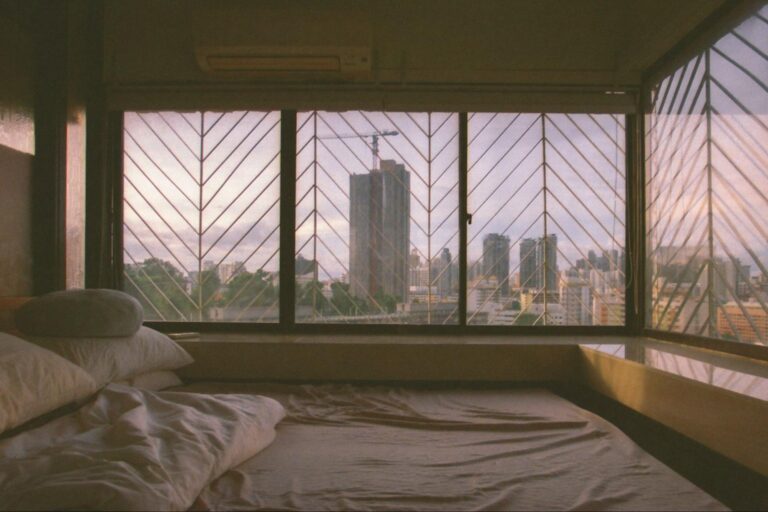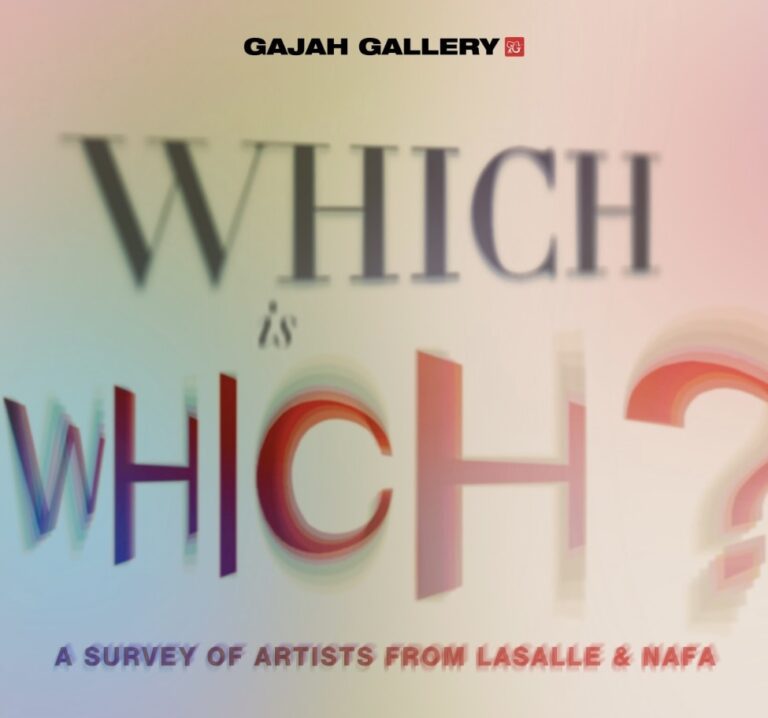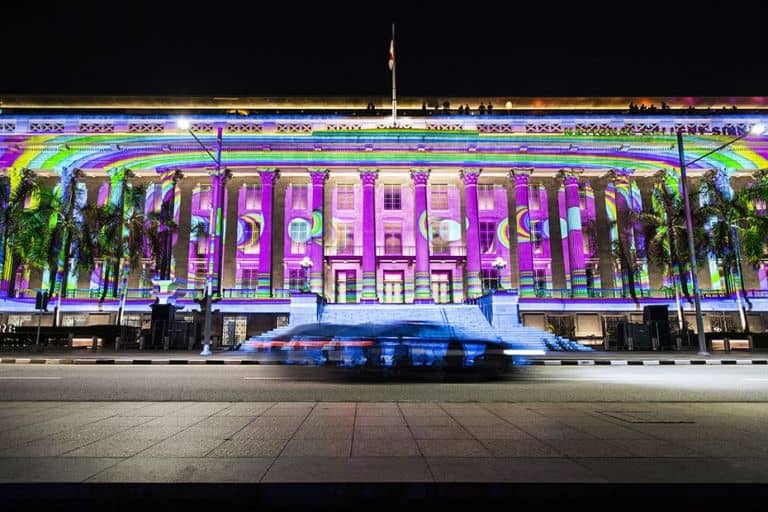The awards ceremony of the sixth edition of the Bandung Contemporary Art Awards (more commonly referred to as the “BaCAA”) took place on 27 September 2019 and was attended by no less than 500 art enthusiasts.
Initiated by mathematician-turned-art-lover Dr. Andonowati (herself fondly known as “Aan”), the event was organised by ArtSociates, an art and art management enterprise which Dr. Andonowati started in 2007. The competition for emerging artists sets no limitations on artistic material, form or technique, and is typically flooded with inventive entries. A previous edition of the BaCAA saw the important breakthrough of a prize being conferred on a video art work – the first award of its kind in Indonesia.
This edition, however, featured only 147 qualified entries, a marked difference from previous years. Some competition jurors suggested that the event might have been a victim of its own success– attributing the low numbers to the possibility that some artists may have refrained from applying due to the high standards evident in previous selections. Others suggested that the rocky socio-political atmosphere in Indonesia may have contributed to a less euphoric general mood. Another possible reason for the muted showing could have been linked to the fact that better-known emerging artists might have been busy attending to their own respective upcoming projects and exhibitions.
It must be said that as compared with previous editions, this year’s presentation featured fewer explorative or highly-advanced technologically cutting-edge works.
However, the art was no less intriguing.
The works favored by the jury this time seemed to concern more introspective themes, delving deeply into current socio-political conditions relating to history and politics, alienation and even familial dysfunction. The jury selected 15 finalists. Of these, the three winners earned prizes of either one million rupiah, a residency abroad or a week’s travel to art events overseas.
Vincent Rumahloine was the first prize winner for his work I Am Not A Hero, which highlights the story of Soegeng Soejono who traveled to Prague in 1963 to participate in President Soekarno’s program for young students to their pursue further studies abroad, mostly to socialist countries.
Soegeng, like many other students, however, became a political exile when Indonesia’s first President fell from grace in 1965 and was replaced by a new power. Students overseas, especially those in Eastern Europe were branded as left-wing threats. Soegeng’s passport was revoked after his failure to obey a call to return to Indonesia, and instead, he chose to remain in Prague. Featuring a montage of Soegeng’s photographs from the moment he set foot in Prague , the work chronicles his 30 years of exile. The story is further enlivened with LED video displays relaying Soegeng’s life-changing moments induced by the change of political power in 1965.
Dominated by a sense of memory of the past and the recurrence of history, the work is a powerful reminder of the current political situation in Indonesia and the world at large–changes of power have the ability to affect people’s lives and turn them upside down. Locally, we are also reminded that in spite of several efforts, Indonesia has yet to find closure in relation to the political events of 1965.
“I am hoping my work can revive the discussion about the PKI issue,” Vincent explained.
Standing out in the installation was a large scale photograph featuring Soegeng, which was meant to honor him as a hero. Printed on HVS paper, Vincent explained that he wanted to show how simple everyday things can become important when given a meaning.

The artwork by Bandu Darmawan Tak Kenal Maka Tak Apa, adopts the theme of random friendships made in cyberspace and on social media, which tap on the basic human desire to communicate. Ouija boards or jelangkung (a ritual communication with spirits) are referenced as well, as the act of “talking to spirits” is as old as humankind. Bandu simulates this phenomenon by using an Ouija board installation and video projection. There is a marriage of simple means with high-tech invisible devices, creating the effect of a spirit appearing in the room. Featuring just two chairs, a table, and a projector, the work sees the sudden emergence of a human-shaped shadow projected on the wall:
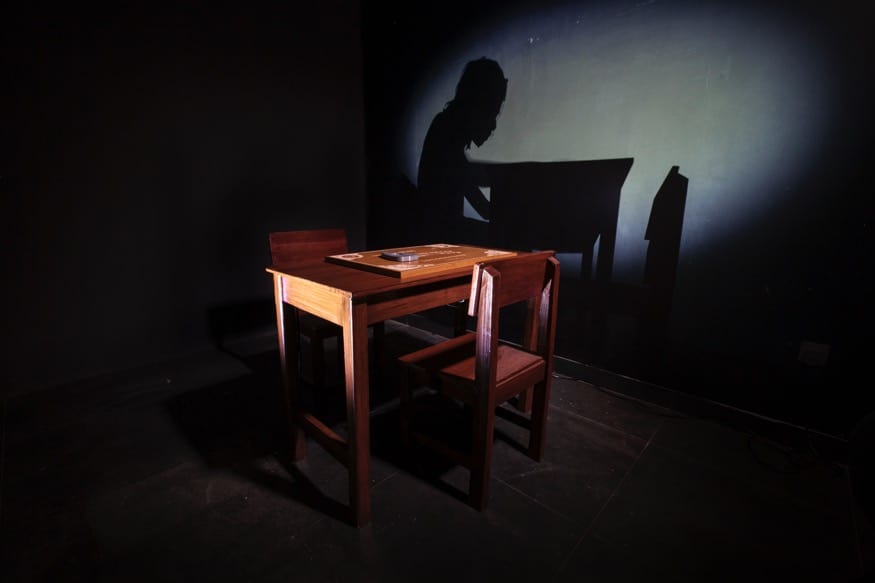
Audya Amalia ‘s work His Mom Told Him To…. is about the gender stereotypes which continue to place women as being responsible for household chores and the like. Her work is an installation of crocheted copper wires in the shape of an apron:

Crocheting used to be regarded as a typically female activity, but in an effort to strike a gender balance, the artist asserts that men too should share the burden of household chores with women. Thus, her installation featured males performing the act of crocheting. Although gender has never been an issue of overt consideration in the BaCAA, an important momentum seems to have formed since two of the three winners in the fifth edition, were women artists.
The formula for the success of the BaCAA seems to reside with its organizer. Dr. Andonowati is regarded in the local scene as an inventive, inspirational and forward-looking mind. Deviating from the usual format of appointing only curators as jurors, she initially selected jurors from varied backgrounds, including artists, curators, collectors and even an arts journalist. In a later phase, when some jury members resigned, they were replaced with yet another diverse bunch which included a commercial gallerist from Germany, a Singapore museum curator and the director of an international cultural center in southern France.
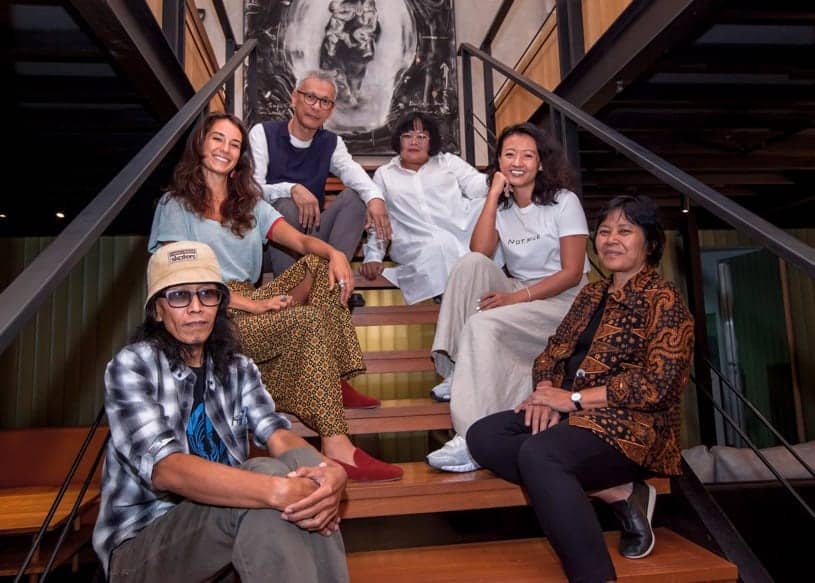
The BaCAA has gained quite a reputation with its winners consistently going on to achieve both critical and commercial success after their wins. It has managed to attract promising artists seeking to display their art on a wider platform, with collectors often attempting to acquire works without having physically seen them.
The success of the BaCAA can be measured by the success that the award winners in all editions have subsequently enjoyed in the post-award period.
Once again, as evidenced by this latest edition, the competition has proved itself to be a leader in the pursuit of discovering promising young artists, fulfilling its raison d’etre and enriching the contemporary art world in Indonesia and beyond.
________________________________________
An exhibition of the top 15 works of the sixth BaCAA runs from 27 September – 27 October, 2019 at Lawangwangi Creative Space, Jl. Dago Giri no. 99, Bandung 4039







